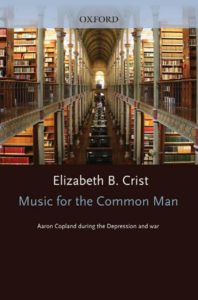Come join us now, and enjoy playing your beloved music and browse through great scores of every level and styles!
Can’t find the songbook you’re looking for? Please, email us at: sheetmusiclibrarypdf@gmail.com We’d like to help you!
Table of Contents
William Grant Still: Three Visions (Suite for piano solo)
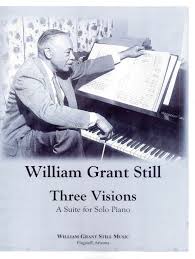
Best Sheet Music download from our Library.
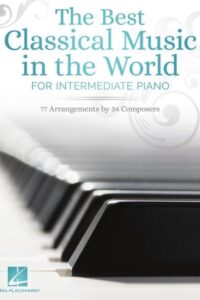
Please, subscribe to our Library.
If you are already a subscriber, please, check our NEW SCORES’ page every month for new sheet music. THANK YOU!
0:00 – Dark Horseman 1:30 – Summerland 6:00 – Radiant pinnacle
Browse in the Library:
Or browse in the categories menus & download the Library Catalog PDF:
William Grant Still
William Grant Still (1895 – 1978) was an American composer, arranger, conductor, and multi-instrumentalist, often called “the Dean of African American composers.” He was the first African American to have a symphony performed by a major orchestra in the United States, the first to conduct a major symphony orchestra, and the first to have an opera produced by a major opera company.

Early Life and Education
- Born on May 11, 1895, in Woodville, Mississippi, and raised in Little Rock, Arkansas.
- His father died when he was an infant, and his mother, a teacher, encouraged his musical interests.
- Studied at Wilberforce University, where he initially pursued medicine but shifted to music.
- Later trained at the Oberlin Conservatory of Music, then studied composition with George Whitefield Chadwick and later with avant-garde composer Edgard Varèse in New York.
Career and Achievements
- Worked as an arranger for popular and jazz bands in New York, including for W. C. Handy and Paul Whiteman.
- Became involved with the Harlem Renaissance, blending African American musical traditions with classical forms.
- His Symphony No. 1 “Afro-American” (1930) was the first symphony by an African American to be performed by a major U.S. orchestra (Rochester Philharmonic, 1931).
- Conducted the Los Angeles Philharmonic at the Hollywood Bowl in 1936, making him the first African American to lead a major orchestra in the U.S.
- His opera Troubled Island (1939, libretto by Langston Hughes and Verna Arvey) was the first by an African American staged by a major company (New York City Opera, 1949).
Musical Style
- Fused classical European traditions with African American idioms: blues, spirituals, jazz, and folk tunes.
- Emphasized lyricism, accessibility, and cultural expression rather than strict modernist abstraction.
- Advocated for a distinctly American classical music rooted in Black cultural traditions.
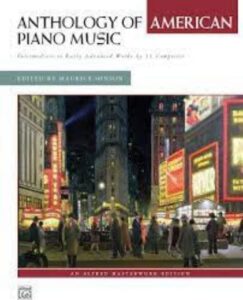
Notable Works
- Symphonies: Afro-American Symphony (No. 1), Song of a New Race (No. 2), The Sunday Symphony (No. 3), Autochthonous Symphony (No. 4), Western Hemisphere Symphony (No. 5).
- Operas: Troubled Island, A Bayou Legend, Highway 1, U.S.A.
- Chamber & Vocal Music: Lyric Quartette, Danzas de Panama, many art songs.
- Also wrote for radio, film, and popular ensembles.
Legacy
- Broke multiple racial barriers in American classical music.
- Opened doors for later generations of African American composers and performers.
- His works are increasingly studied and performed, recognized as cornerstones of 20th-century American music.
- Died in Los Angeles, California, on December 3, 1978.
William Grant Still’s music stands out for celebrating African American heritage within the classical tradition, offering a unique and dignified voice at a time when systemic racism excluded many Black composers from mainstream recognition.
Three Visions (1935) is one of William Grant Still’s most powerful works for solo piano. It is a short suite in three movements, deeply symbolic, written during the Harlem Renaissance period when Still was developing a distinctive African American voice within classical idioms. The suite is often regarded as a spiritual and philosophical statement on the human soul’s journey after death.
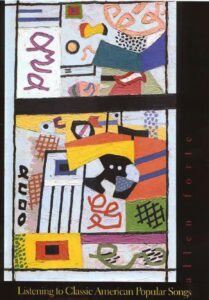
Three Visions (1935) Overview and Musical Analysis
- Title: Three Visions (for solo piano)
- Date: 1935
- Movements:
- Dark Horsemen
- Summerland
- Radiant Pinnacle
- Theme: The cycle represents the progression of the human soul: confrontation with death, passage to spiritual peace, and ultimate ascension.
1. Dark Horsemen
- Character: Turbulent, dissonant, and rhythmically urgent.
- Musical features:
- Rapid ostinati and syncopations drive the texture.
- Dense chords, sharp dynamics, and angular melodies suggest violence and inevitability — the soul’s confrontation with mortality.
- Harmonic language: rooted in tonal centers but heavily chromatic, with influences from early modernism (Still studied with Varèse).
- Strong percussive writing evokes imagery of galloping horses (possibly a reference to the biblical Four Horsemen of the Apocalypse).
Interpretation: This movement symbolizes the struggle and chaos of death, the breaking away of the soul from earthly ties.
2. Summerland
- Character: Gentle, lyrical, and serene — the most frequently performed movement.
- Musical features:
- Lush, hymn-like melody in the middle register, often played with a singing legato.
- Rich Romantic harmonies, influenced by Chopin and Debussy but colored with blues-inflected lines.
- Transparent texture, long sustained chords, and rubato create a meditative atmosphere.
- Tonal stability (often interpreted in D♭ major) provides calmness.
Interpretation: Summerland represents the spiritual paradise the soul reaches after death — peaceful rest and eternal beauty.
This movement is sometimes performed alone as an independent concert piece or even arranged for orchestra.
3. Radiant Pinnacle
- Character: Triumphant, luminous, and ascending.
- Musical features:
- Energetic rhythms, sweeping arpeggios, and brighter harmonies than in the previous movements.
- Builds momentum with a sense of striving upward, often through sequences and rising melodic gestures.
- Tonal clarity, major sonorities, and climactic chords express transcendence.
- Harmonically more consonant than Dark Horsemen, but with modern chromatic coloring.
Interpretation: This final movement depicts the soul’s union with the divine, ascending to its highest state — ultimate illumination.
Stylistic Significance
- Still fuses African American spiritual aesthetics (hymn-like phrasing, blues shadings, and rhythmic vitality) with Romantic piano traditions and 20th-century modernism.
- The three movements form a narrative arc: struggle → peace → transcendence.
- Philosophically, the suite echoes African American religious culture, yet framed in a universal human story of death and renewal.
In short, Three Visions is both a musical poem and a spiritual statement. It demonstrates Still’s ability to merge classical craft with African American cultural expression, creating a deeply humanistic and uplifting work.
Perfect — let’s dive into a harmonic walkthrough of “Summerland” from William Grant Still’s Three Visions. Since this movement is often performed alone and is the most tonal of the suite, it lends itself beautifully to harmonic analysis.
(Note: Exact bar numbers vary depending on the edition, but I’ll give the progression in sections. The piece is most often read in D♭ major.)
“Summerland” — Harmonic Analysis
Opening (mm. 1–4)
- Key: D♭ major
- Chords:
- I (D♭ major) — tonic established gently, hymn-like.
- IV (G♭ major) with added 6th/9th sonorities.
- I again, enriched by suspensions and inner voice motion.
The effect is calm, hymn-like stability. Still avoids strong cadences, instead sustaining a floating atmosphere.
First Phrase (mm. 5–12)
- Melody enters in the middle register, supported by soft chords.
- Progression:
- I → V/vi → vi (B♭ minor) → ii (E♭ minor) → V (A♭ major).
- Resolves back to I (D♭).
This is a classical diatonic motion but with added-color tones (6ths, 9ths), giving a Debussy-like lushness. The move to vi and ii emphasizes a spiritual, tender quality rather than dramatic tension.
Second Phrase (mm. 13–20)
- More chromaticism enters.
- Chords:
- I → ♭VII (C♭ major) → IV (G♭) → ii7 (E♭m7) → V7 (A♭7).
- Resolution: cadences softly back to I.
The use of ♭VII (C♭) is borrowed from folk/blues progressions. It enriches the harmony with a distinctly African American inflection inside an otherwise classical framework.
Climactic Middle Section (mm. 21–32)
- Harmonically more adventurous:
- Alternation between vi (B♭ minor) and IV (G♭ major).
- Sequence through chromatic mediants: I (D♭) → iii (F minor) → V/ii (F7) → ii (E♭ minor).
- Approaches V7 (A♭7) with stronger rhythm and dynamics.
The chromatic mediant shifts (D♭ → Fm → A♭) give the impression of warmth and expansion — the soul ascending in vision.
Return (mm. 33–40)
- Recapitulation of the opening theme.
- Progression largely tonic (I), with embellishments:
- I → IV → ii7 → V7 → I.
- Still decorates the chords with added 9ths and 11ths, keeping the sound lush and modern.
Coda (mm. 41–end)
- Gentle descent, cadencing finally on a pure I (D♭ major).
- Chords sustain with long fermatas, creating timeless stillness.
The coda is essentially a plagal cadence (IV → I), which resonates with the feeling of a hymn or spiritual.
Summary of Harmonic Style in “Summerland”
- Foundation: Firmly tonal, centered in D♭ major.
- Coloration: Use of added 6ths, 9ths, 11ths for lush textures.
- African American inflection:
- Borrowed ♭VII (C♭ major) → I.
- Blues-like coloring of melodic lines (flattened 3rd, 7th inflections).
- Narrative arc: Gentle tonic → chromatic expansion → luminous return.
- Effect: A meditative vision of paradise — serenity, lyricism, timeless rest.
So, harmonically, Summerland balances European Romanticism (Chopin, Debussy) with African American idioms (bluesy modal borrowing, plagal cadences). This is why it feels both “classical” and “soulful.”
| Artist or Composer / Score name | Cover | List of Contents |
|---|---|---|
| Rolling Stones – Angie |
 |
|
| Rolling Stones – Brown Sugar | ||
| Rolling Stones – Paint It Black | ||
| Rolling Stones – Time Is On My Side | ||
| Rolling Stones Guitar Anthology with Tablature |
 |
Rolling Stones Guitar Anthology |
| Rolling Stones Sheet Music Anthology Piano Vocal Guitar |
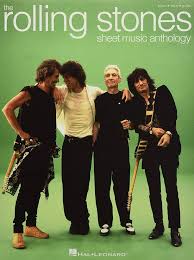 |
The Rolling Stones Sheet Music Anthology Piano Vocal Guitar |
| Rolling Stones Songbook (Sheet Music Guitar Tab) |
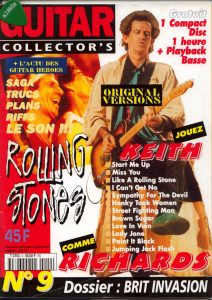 |
Rolling Stones Guitar TAB Songbook |
| Rolling stones The best of Rolling stones 1963 1973 (Piano & Vocal) |
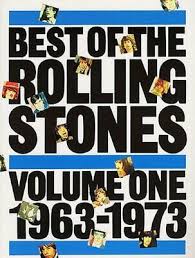 |
Rolling stones The best of Rolling stones 1963 1973 (Piano & Vocal) |
| Romance D’amour Piano Solo (unknown composer) Romance Anónimo Piano solo |
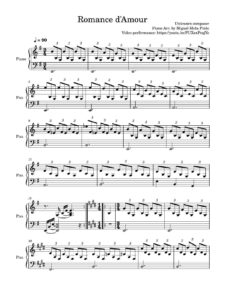 |
|
| Romantic Collection For piano – Jim Chappell |
 |
Romantic Collection For piano – Jim Chappell |
| Romantic Flight (How To Train Your Dragon) John Powell piano solo |
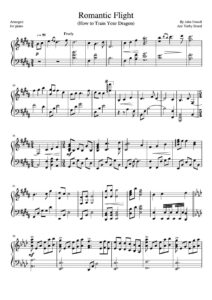 |
|
| Romantic Guitar Pieces Classical & Acoustic Guitar with Tablature TABs Timeless popular Classical Style Pieces |
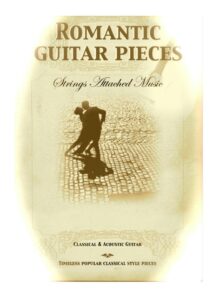 |
Romantic Guitar Pieces Classical & Acoustic Guitar with Tablature TABs Timeless popular Classical Style Pieces |
| Romantic Guitar Pieces with Tablature |
 |
Romantic Guitar Pieces |
| Romantic Guitar, Frederic Noad Guitar Anthology The |
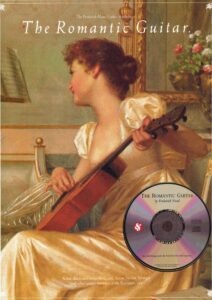 |
Romantic Guitar, Frederic Noad Guitar Anthology The |
| Romantic Movie Music Piano Songbook |
 |
Romantic Movie Music Piano Songbook |
| Romantic Pop Guitar 1 with Tablature |
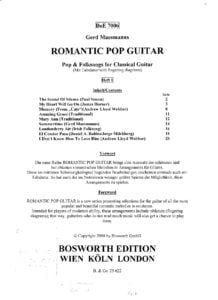 |
Romantic Pop Guitar 1 |
| Romantic Pop Guitar 2 with Tablature |
 |
Romantic Pop Guitar 2 |
| Romantic Pop Guitar 3 with Tablature |
 |
Romantic Pop Guitar 3 |
| Romantic Rhapsodies Book 1 Melody Bober Late Intermediate Solo Piano |
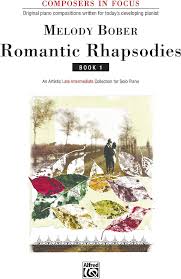 |
Romantic Rhapsodies Book 1 Melody Bober Late Intermediate Solo Piano |
| Romantic Sheet Music Collection (31 Favorites) |
 |
Romantic Sheet Music Collection (31 Favorites) |
| Romeo & Juliet 2013 – Come, gentle night (Abel Korzeniowski) | ||
| Romeo & Juliet 2013 – Eternal Love (Abel Korzeniowski) | ||
| Romeo & Juliet 2013 – First Kiss (Abel Korzeniowski) | ||
| Romeo & Juliet 2013 – Queen Mab (Abel Korzeniowski) | ||
| Romeo & Juliet 2013 – The cheek of night (Abel Korzeniowski) | ||
| Romeo and Juliet – Kissing you |
 |
|
| Romeo And Juliet – Love Theme | ||
| Ron Carter Building Jazz Bass Lines A Compendium Of Technique With Embedded Audio Mp3 |
 |
Building Jazz Bass Lines A Compendium Of Technique With Embedded Audio Mp3 |
| Ron Carter The Collection |
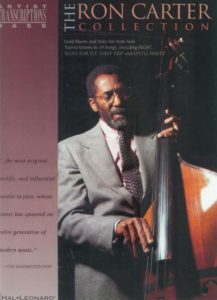 |
Ron Carter The Collection |
| Ron Miller – Modal Jazz Composition & Harmony Vol. 1 |
 |
|
| Ron Miller – Modal Jazz Composition & Harmony Vol. 2 |
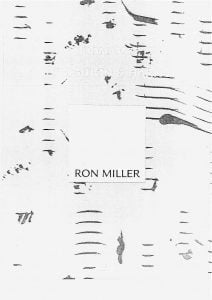 |
|
| Ronettes Be My Baby Piano Vocal Guitar |
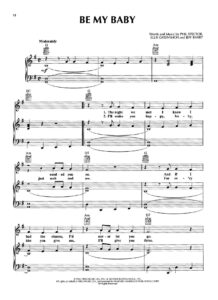 |
|
| Rory Gallagher Selections From Blues Recorded Guitar Versions |
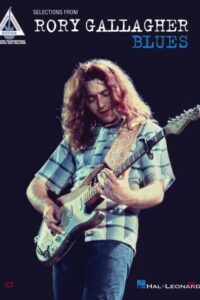 |
Rory Gallagher Selections From Blues Recorded Guitar Versions |
| Rosalia Berghain from LUX (piano solo) | Rosalia Berghain from LUX (piano solo) | |
| Rose Acacia (Chéri OST) Alexandre Desplat | ||
| Rosetta Arr. Brent Edstrom.mxl | ||
| Roshanne Etezady Against The Rain Concert Band Full Score (2014) |
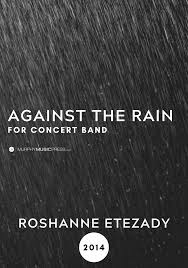 |
Roshanne Etezady Against The Rain Concert Band Full Score (2014) |
| Rossini Forest Hymn | ||
| Round Midnight (Musescore File).mscz | ||
| Roxette – Fading Like A Flower | ||
| Roxette Joyride |
 |
Roxette Joyride |
| Roxette Songbook Piano Tourism |
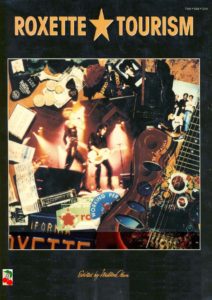 |
Roxette Songbook Piano Tourism |
| Roxy Music – the best of |
 |
Roxy Music – the best of |
| Roy Agnew Capricornia (sonata legend) for piano |
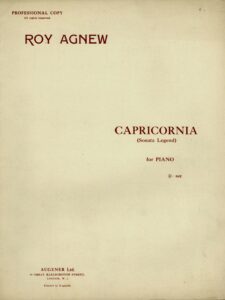 |
|
| Roy Eldridge Trumpet Blues Solo transcription |
 |
|
| Roy Hargrove – I’m Not So Sure Theme (sheet music) |
 |
|
| Roy Hargrove – Strasbourg St. Denis (piano solo) |
 |
|
| Roy Hargrove – Strasbourg St. Denis (Piano Solo) (Musescore File).mscz | ||
| Roy Hargrove – Strasbourg St.Denis C |
 |
|
| Roy Hargrove Solo On My Shining Hour |
 |
|
| Roy Orbinson – Oh Pretty Woman | ||
| Roy Orbison – Crying |
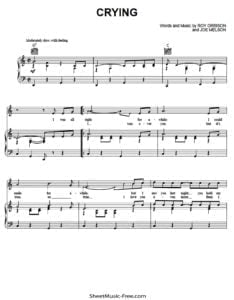 |
|
| Roy Orbison Guitar Chord Songbook 38 Songs With Lyrics |
 |
Roy Orbison Guitar Chord Songbook 38 Songs With Lyrics |
| Roy Turk – Are You Lonesome Tonight | ||
| Rubinstein Melody in F | ||
| Rubinstein, Beryl (arr) – It Ain’t Necessarily So | Rubinstein, Beryl (arr) – It Ain’t Necessarily So | |
| Rudolph The Red Nosed Reindeer | ||
| Rumbling Hearts Precious Memories |
 |
|
| Runescape Inspiration | Runescape Inspiration | |
| Running on Empty (Tony Mottola) | ||
| Running up that hill – Kate Bush Stranger things 4 (with lyrics & chords) |
 |
|
| RUSH – Deluxe Guitar Tab Collection Authentic Guitar Tab 1975-2007 |
 |
RUSH – Deluxe Guitar Tab Collection Authentic Guitar Tab 1975-2007 |
| Rush Chronicles Piano Vocal guitar TAB |
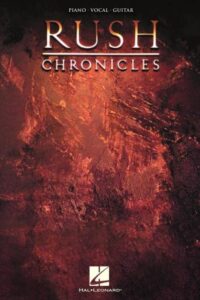 |
Rush Chronicles Piano Vocal guitar TAB |
| Rush Guitar Anthology Series with Tablature |
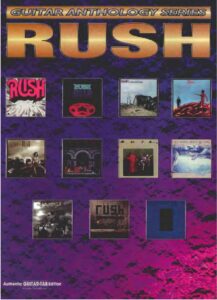 |
Rush Guitar Anthology Series |
| Rush Guitar Songbook Moving Pictures with Tablature |
 |
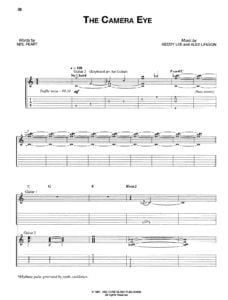 |
| Rush The Complete Scores |
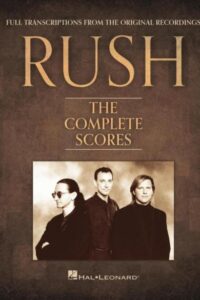 |
Rush The Complete Scores |
| Russian Movie Music (2) Prokofiev, Shostakovich….Музыка Из Кинофильмов Выпуск 2 |
 |
Russian Movie Music (2) Prokofiev, Shostakovich….Музыка Из Кинофильмов Выпуск 2 |
| Russian Romantic Repertoire Level 1 |
 |
Russian Romantic Repertoire Level 1 – Faber piano collection |
| Russian Songs and Romances (Guitar) |
 |
|
| Rutter – A Clare Benediction (Piano solo) |
 |
|
| Rutter – A Gaelic Blessing Deep Peace (Piano Solo Arr.) | Rutter – A Gaelic Blessing Deep Peace (Piano Solo Arr.) | |
| Rutter – A Gaelic Blessing Deep Peace (Piano Solo Arr.) (Musescore File).mscz | ||
| Rutter, John – A Gaelic Blessing Deep Peace (Piano Solo Arr.) |
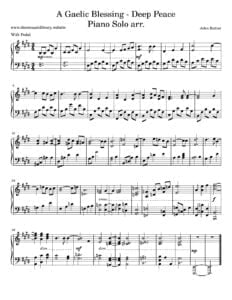 |
|
| Rutter, John – Suite Antique |
 |
|
| Ry Cooder Paris Texas Guitar TABs |
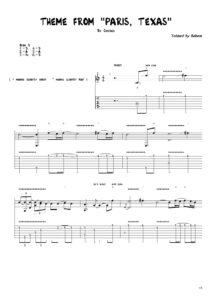 |
|
| Ryan Tedder Apologize Sheet Music (Timbaland) |
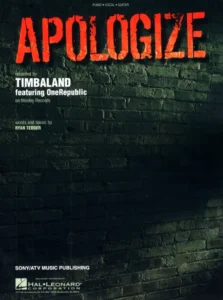 |
|
| Ryo Fukui – Scenery [Piano Solo (sheet music Transcription) | Ryo Fukui – Scenery [Piano Solo (sheet music Transcription) | |
| Ryo Fukui – It Could Happen To You (sheet music Transcription) | Ryo Fukui – It Could Happen To You (sheet music Transcription) | |
| Ryo Fukui – Mellow Dream |
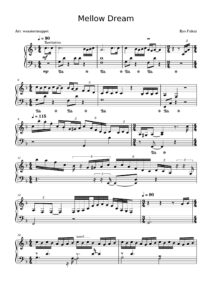 |
|
| Ryo Fukui – Nobody Knows The Trouble I’ve Seen |
 |
|
| Ryo Fukui – Voyage (sheet music Transcription) | Ryo Fukui – Voyage (sheet music Transcription) sample | |
| Ryo Nagamatsu Wii Sports Resort Min Theme (Musescore file).mscz | Musescore File | |
| Rzewski Dreadful Memories From North American Ballads No. 1 |
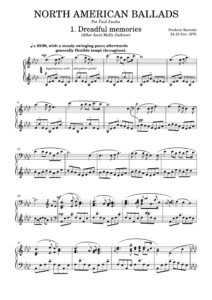 |
|
| Rzewski North American Ballads |
 |
|
| Rzewski The People United Will Never Be Defeated (36 Variations) Piano |
 |
|
| S Club 7 – Never Had A Dream Come True | ||
| Sabicas Flamenco Puro (Guitar) |
 |
SABICAS Flamenco Puro (Guitar) |
| Sabicas Flamenco Spanish Masterworks Guitar |
 |
Sabicas Flamenco Spanish Masterworks Guitar |
| Sabicas Rey Del Flamenco Guitar Tab |
 |
Sabicas Rey del Flamenco (Guitar Notation) |
| Sacred Country & Western Gospel Hymnal Vol 3 |
 |
|
| Sacred Country & Western Gospel Hymnal Vol 4 |
 |
|
| Sacred Piano Preludes Vol 1 Arr. Marvin Goldstein |
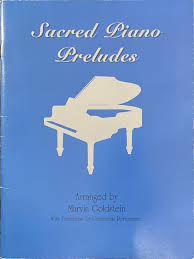 |
Sacred Piano Preludes Vol 1 Arr. Marvin Goldstein |
| Sacred Piano Preludes Vol 2 Arr. Marvin Goldstein |
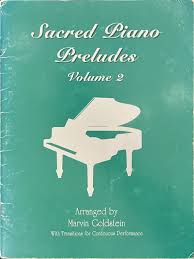 |
Sacred Piano Preludes Vol 2 Arr. Marvin Goldstein |
| Sade – Cherish The Day (Musescore File).mscz | ||
| Sade – The Best of Sade (book) |
-217x300.jpg) |
SADE The best of |
| Sade By Your Side Piano Vocal Guitar Chords | Sade By Your Side Piano Vocal Guitar Chords | |
| Saint Sans Piano Concerto No.1 1st Mvmt Arr. for 2 pianos.mscz | ||
| Saint-Saëns – Danse Macabre Op.40 (Pian Solo Arr. By F. Liszt (Musescore File).mscz | ||
| Saint-Säens – Piano Concerto No. 4 Op. 44 – 1st Mov. Piano Solo Arr. For 2 Pianos (Musescore File).mscz | ||
| Saint-Saëns Danse Macabre Op. 40 trans. Ritter – piano | Saint-Saens Danse macabre | |
| Saint-Saëns Piano Concerto No.1 2nd Mvmt (Arr. For 2 Pianos) (Musescore File).mscz | ||
| Saint-Saëns Samson et Dalila – Selections Arr HCramer 2 PS | ||
| Saint-Saëns Selected Piano Pieces + 2 Piano Transcriptions |
 |
|
| Saint-Saens_1st_Piano_Concerto_3rd_Mov. Arr._for_2_pianos.mscz | ||
| Sakamoto – Solari (full score) (Musescore File).mscz | ||
| Sakamoto Henkaku No Seiki (Century of Reform) Piano Solo | Sakamoto Henkaku No Seiki (Century of Reform) Piano Solo | |
| Sakamoto Merry Christmas Mr Lawrence (Easy piano) |
 |
|
| Sakamoto Ryuichi Amore |
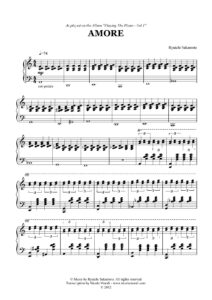 |
|
| Sakamoto Ryuichi Bibo No Aozora Piano Solo |
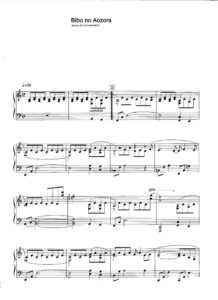 |
|
| Sakamoto Ryuichi Lost Theme From Femme Fatale Piano Solo |
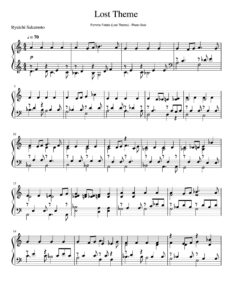 |
|
| Sakamoto Ryuichi Ryuichi Sonatine |
 |
|
| Sakamoto Ryuichi Ryuichi The Sheltering Sky Piano Solo |
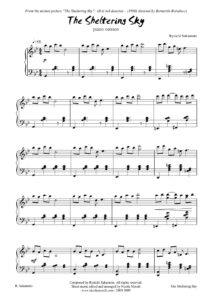 |
|
| Sakamoto Ryuichi Solitude Piano Solo |
 |
|
| Sakamoto, Ryuichi Piano Solo Collection |
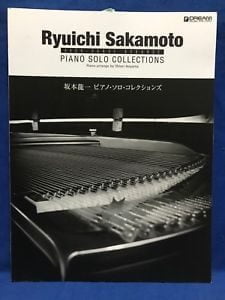 |
Sakamoto, Ryuichi – Piano Solo Collection |
| Sakamoto, Ryuichi Merry Christmas Mr Lawrence (Piano Solo Arr.) |
 |
|
| Sakamoto, Ryuichi – Germination Call Me By Your Name Sheet Music | Sakamoto, Ryuichi – Germination Call Me By Your Name Sheet Music | |
| Sakamoto, Ryuichi – Solari (Piano Solo Arr.) From Async | Sakamoto, Ryuichi – Solari (Piano Solo Arr.) From Async | |
| Sakamoto, Ryuichi Aoneko No Torso Playing The Piano |
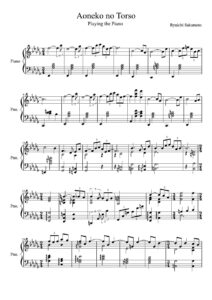 |
|
| Sakamoto, Ryuichi Pianist Selection |
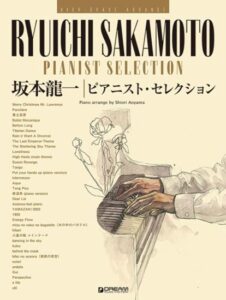 |
Sakamoto Pianist Slection Contents |
| Sakamoto, Ryuichi Undercooled |
 |
|
| Sally The Musical Piano Vocal Score (Jerome Kern, Guy Bolton, Clifford Grey) |
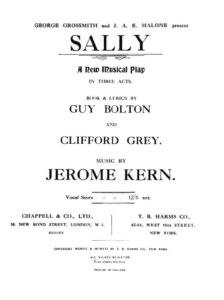 |
|
| Salsa & Afro Cuban Montunos for Piano by Carlos Campos |
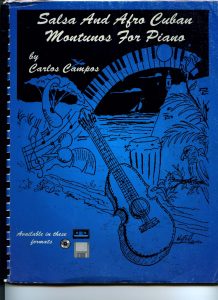 |
|
| Salsa Piano – Hector Martignon |
 |
Salsa Piano – Hector Martignon |
| Salsa Piano Méhode D’accompagnement 14 Grands Standards (Français French) |
 |
salsa piano |
| Salut (Hélène Ségara) | ||
| Salut D’amour (Musescore File).mscz | ||
| Salvatore Adamo – The Best Hits Collection sheet music Meilleurs succes partition |
 |
Salvatore Adamo – The Best Hits Collection sheet music Meilleurs succes partition |
| Sam And Dave Hold on I’m comin’ |
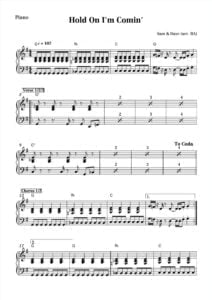 |
|
| Sam And Dave Soul Man |
 |
|
| Sam Brown – Stop | ||
| Sam Cooke Portrait Of A Legend – Songbook |
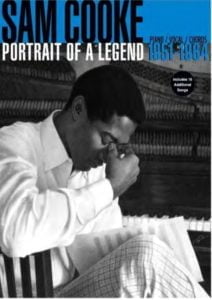 |
Sam Cooke Portrait Of A Legend |
| Sam Smith Writings On The Wall Theme From Spectre James Bond 007 |
 |
|
| Sam Smith, Kim Petras – Unholy Sheet Music |
 |
|
| Samba em Preludio (Baden Powell) | ||
| Samba Fake Book (Vocal & Guitar) |
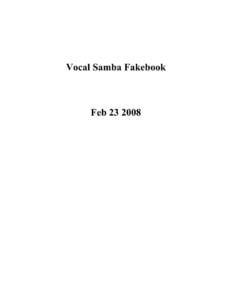 |
Samba Fake Book (Vocal & Guitar) |
| Sammy Kahn – I Fall In Love Too Easily (Jazz) |
 |
|
| Samuel Adler – El Estudio de la Orquestación (Spanish-Español) |
Book Theory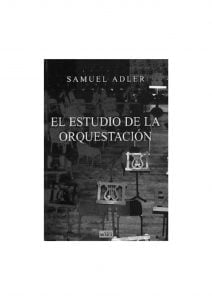 |
|
| Samuel Adler The Study of Orchestration 2nd.ed |
 |
|
| Sandy Feldstein – Practical Music Theory Complete |
 |
|
| Sangah Noona 251 II-V-I In Five Forms Sangah Noona |
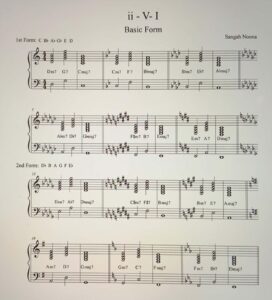 |
|
| Sangah Noona Autumn Leaves Piano By Sangah Noona |
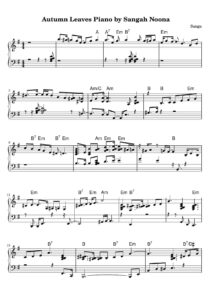 |
|
| Sangah Noona Get Back Cover |
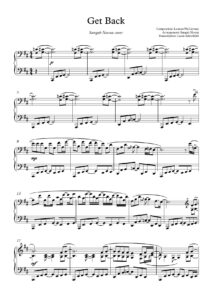 |
|
| Sangah Noona Still Got The Blues |
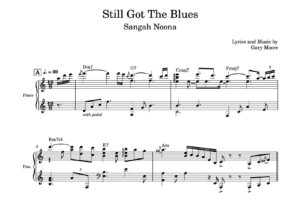 |
|
| Sans toi (Cleo from 5 to 7) Michel Legrand | ||
| Santana – Smooth | ||
| Sanz Suite Española Canarios arr. for Piano (Noten für Klavier) by Wilfried Wachter |
 |
|
| Sara Bareilles – Manhattan Sheet Music |
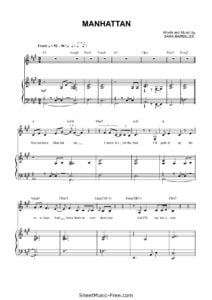 |
|
| Sara Bareilles Amidst The Chaos Piano Vocal Guitar | Sara Bareilles Amidst The Chaos Piano Vocal Guitar | |
| Sara Bareilles Kaleidoscope Heart Piano Vocal Guitar |
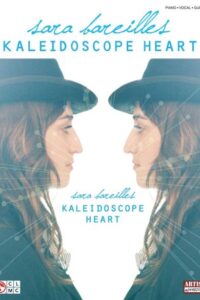 |
Sara Bareilles Kaleidoscope Heart Piano Vocal Guitar |
| Sara Bareilles Little Voice Piano Vocal Guitar |
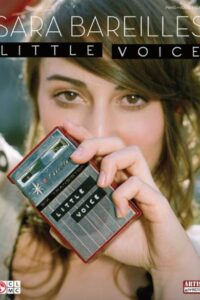 |
Sara Bareilles Little Voice Piano Vocal Guitar |
